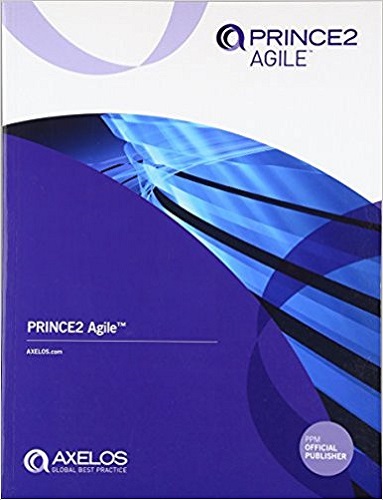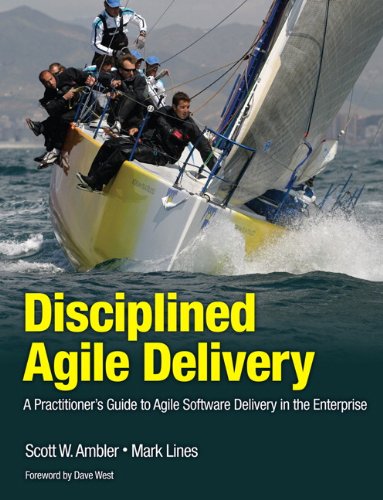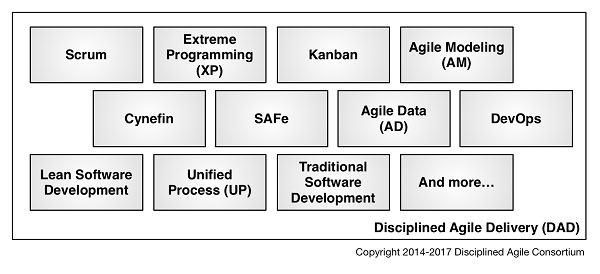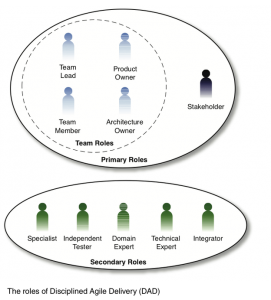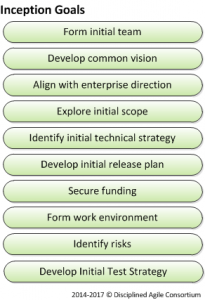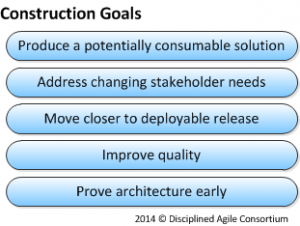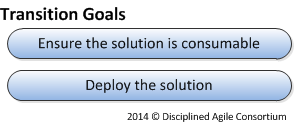When carrying out a software project, we can find organizations that only use the roles and techniques of Agile methodologies, others that, instead, follow a classic model in cascade – with a Project Manager as the visible head of the project – and finally, those that follow a hybrid model in which they combine, or try to combine, elements from both worlds.
One of the most popular project management methodologies is PRINCE2, which, faced with the emergence of Agility in the business world, has decided to remove the label of «methodology for traditional cascading projects», opting for a combination of the principles, behaviours and techniques of Agile, with the principles, themes (knowledge areas) and processes of PRINCE2. This is why AXELOS, the organisation that manages the body of knowledge in PRINCE2, has developed PRINCE2 Agile.
But why would an organisation using Agile methodologies want to incorporate PRINCE2 into its working methodology or vice versa? According to AXELOS, Agile methodologies can be very effective in building a product, but they are insufficient to manage a project, especially if it has a certain complexity. And this is where PRINCE2 Agile comes into play. It should be clarified that this is not an attempt to create a new methodology to replace PRINCE2, but rather an orientation or set of good practices to combine Agility with Governance when carrying out a software project.
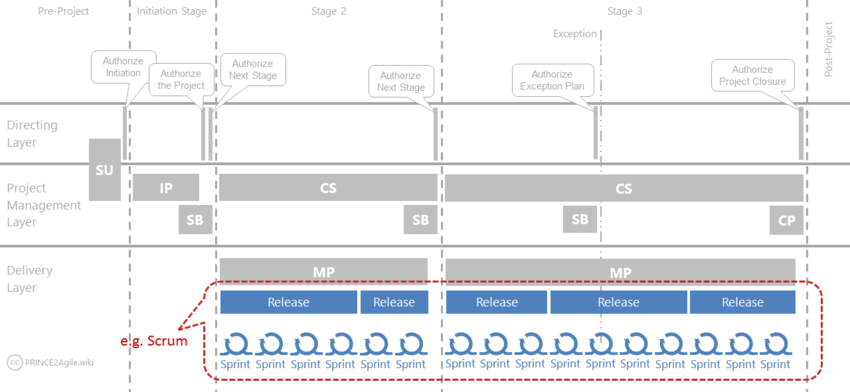
A project according to PRINCE2 consists of three levels of decision making: Project Management, Project Management and Product Delivery. It is in this last layer that Agile methodologies such as Scrum, Kanban etc. best fit. If we understand Agility as a scale on which we can move, and not as something binary, a company that applies PRINCE2 Agile will be somewhere in between. This degree of Agility will be determined by the so-called Agilometer, which is nothing more than a set of indicators – flexibility in deliveries, level of collaboration etc. – to which we must assign a score from 1 to 5 at the beginning of the project, to know where we start from, how to best adapt PRINCE2 and what corrective actions we can take to improve these indicators.
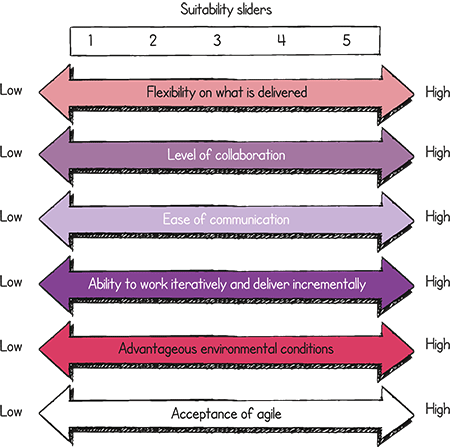
However, no matter how much agility you want to apply, some limits must be established if you want to continue applying PRINCE2. For example, although the development teams may have enough autonomy to deliver the requested functionality, this self-organization will never be complete. It will be the Project Manager or the Project Board who will have the last word on major decisions that may affect the project as a whole. Another example would be the combination of roles: PRINCE2 Agile offers several alternatives for combining the roles of Scrum Master and Product Owner, with the classic roles of Project Manager or Team Leader. Each of these combinations will be appropriate for the degree of Agility that we want to give to the project, but in no case does the figure of the Project Manager disappear.
In short, although the PRINCE2 Agile manual makes some controversial statements such as that Scrum, or other Agile methodologies, are not in themselves sufficient to manage a project and that they are focused primarily on the maintenance of products and services (Business As Usual), its application can be useful for those organizations that want to start applying a certain degree of Agility to their projects, without having to modify their way of working excessively.
Certification
Finally, it should be noted that there is an official AXELOS exam that certifies you as a PRINCE2 Agile Practicioner, in which it is necessary to apply the concepts and recommendations of the book to a practical case. However, before you can take this exam you must be certified as PRINCE2 Foundation.
Title: PRINCE2 Agile
Author: AXELOS
Editor: AXELOS
Year: 2015
Language: English
Pages 356
A la hora de llevar a cabo un proyecto software, nos podemos encontrar organizaciones que únicamente emplean los roles y técnicas propias de las metodologías Ágiles, otras que, en cambio, siguen un modelo clásico en cascada – con un Jefe de Proyecto como cabeza visible del mismo – y finalmente, aquellas que siguen un modelo híbrido en el cual combinan, o lo intentan, elementos de ambos mundos.
Una de las metodologías de gestión de proyectos más populares es PRINCE2, que ante la irrupción de la Agilidad en el mundo empresarial, ha decidido quitarse la etiqueta de «metodología para proyectos tradicionales en cascada», apostando por una combinación de los principios, comportamientos y técnicas Ágiles, con los principios, temas (áreas de conocimiento), y procesos de PRINCE2. Es para ello que AXELOS, la organización que gestiona el cuerpo de conocimiento de PRINCE2, ha elaborado PRINCE2 Agile.
¿Pero, por qué querría una organización que usa metodologías Ágiles incorporar PRINCE2 a su metodología de trabajo o viceversa? Según AXELOS, las metodologías Ágiles pueden ser muy efectivas en la construcción de un producto, pero son insuficientes para gestionar un proyecto, especialmente si este reviste cierta complejidad. Y es aquí donde entra en juego PRINCE2 Agile. Hay que aclarar que este no es un intento de crear una nueva metodología que intente sustituir a PRINCE2, sino que es una orientación o conjunto de buenas prácticas para combinar la Agilidad con la Gobernanza a la hora de llevar a cabo un proyecto software.

Un proyecto según PRINCE2 consta de tres niveles en la toma de decisiones: Dirección del Proyecto, Gestión del Proyecto y Entrega del Producto. Es en esta última capa donde mejor encajan las metodologías Ágiles como Scrum, Kanban etc. Si entendemos la Agilidad como una escala en la cual podemos movernos y no como algo binario, una empresa que aplique PRINCE2 Agile se encontrará en algún punto intermedio de la misma. Este grado de Agilidad vendrá determinado por el llamado Agilómetro, que no es más que un conjunto de indicadores – flexibilidad en las entregas, nivel de colaboración etc. – a los cuales debemos asignar una puntuación de 1 a 5 al inicio del proyecto, para saber de dónde partimos, cómo adaptar mejor PRINCE2 y qué acciones correctoras podemos tomar para mejorar estos indicadores.

Sin embargo, por mucha Agilidad que quiera aplicarse, deben establecerse algunos límites si queremos seguir aplicando PRINCE2. Así por ejemplo, aunque los equipos de desarrollo puedan tener bastante autonomía a la hora de entregar las funcionalidades pedidas, esta auto-organización nunca será completa. Serán el Jefe de Proyecto o la Junta del Proyecto, los que tengan la última palabra en las decisiones de mayor calado que puedan afectar al proyecto en su conjunto. Otro ejemplo sería la combinación de roles: PRINCE2 Agile nos ofrece varias alternativas para conjugar los roles de Scrum Master y Product Owner, con los clásicos de Jefe de Proyecto o Jefe de Equipo. Cada una de estas combinaciones será adecuada según el grado de Agilidad que queramos imprimir al proyecto, pero en ningún caso desaparece la figura del Jefe de Proyecto.
En definitiva, aunque el manual de PRINCE2 Agile hace algunas afirmaciones polémicas tales como que Scrum, u otras metodologías Ágiles, de por sí no son suficientes para gestionar un proyecto y que están enfocadas primordialmente al mantenimiento de productos y servicios (Business As Usual), su aplicación puede ser útil para aquellas organizaciones que quieran empezar a aplicar un cierto grado de Agilidad a sus proyectos, sin tener que modificar excesivamente su manera de trabajar.
Certificación
Por último, señalar que hay un examen oficial de AXELOS que te certifica como PRINCE2 Agile Practicioner, en el cual es necesario aplicar los conceptos y recomendaciones del libro a un caso práctico. No obstante, antes de poder realizar este examen hay que poseer la certificación PRINCE2 Foundation.
Título: PRINCE2 Agile
Autor: AXELOS
Editor: AXELOS
Año: 2015
Idioma: Inglés
Páginas: 356

